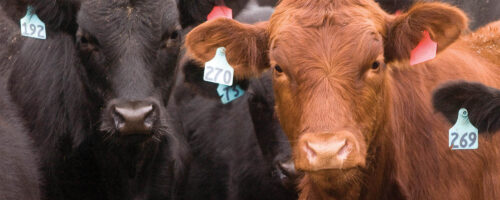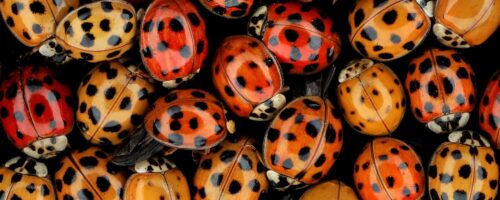Sericea lespedeza is a deep rooted drought tolerant perennial legume that was introduced in the upper south region of the United States from Japan in the late 1890’s. Sericea is especially tolerant of low fertility and low acid subsoils. Sericea became important as a low quality forage plant in the 1920’s and 1930’s when it was used for pasture and erosion control.
Sericea is not a preferred plant of cattle. When it emerges in early spring, cattle will graze the young succulent plant growth. As the season progresses and the temperature increases, the tannin content of the plant will accelerate and at this stage it is almost completely avoided by cattle.
Due to this, its tolerance to insect pests, and its adaptability to a wide range of growing conditions, Sericea is now a nuisance plant in nativegrass pastures. It is spread by seed. The plant is a prolific seed producer.
Seeds are spread by wildlife, cattle, hay, and also as a contaminant in other legume seed. It has resistance to the common herbicides (2,4-D, Grazon P+D, and Banvel). Sericea flourishes after fire, a common tool in the management of native range.
What are the options in getting rid of this plant? There are short term chemical control methods. Chemicals such as Remedy applied in very late spring (June) or Ally applied in the fall (September) will give about 90 percent control (Stritzke, OSU). Chemicals are just temporary control measures because there is a reservoir of seed laying on the soil surface waiting for an opportunity to be established.
Other options in containing this plant have to do with the way nativegrasses are managed and the type of grazing methods used. Realizing that the mode of spread is by seed, the weak link in the life cycle is the seedling stage development.
Upon germination, seed must have immediate sunlight for survival. The amount of plant residue or ground cover in early spring can influence the degree of available sunlight.
Overgrazing from continuous stocking and fire are the two main causes for bare ground and aide seedlings in getting established. Annual burning, continuously stocked pastures, and favorable growing conditions, in my observations, are why this plant is spreading so rapidly.
Other classes of livestock respond differently in the use of this plant. Goats love Sericea lespedeza (Hart, Langston University). Multiple specie grazing with goats and cattle could balance the utilization of the total plant biomass.


Comment